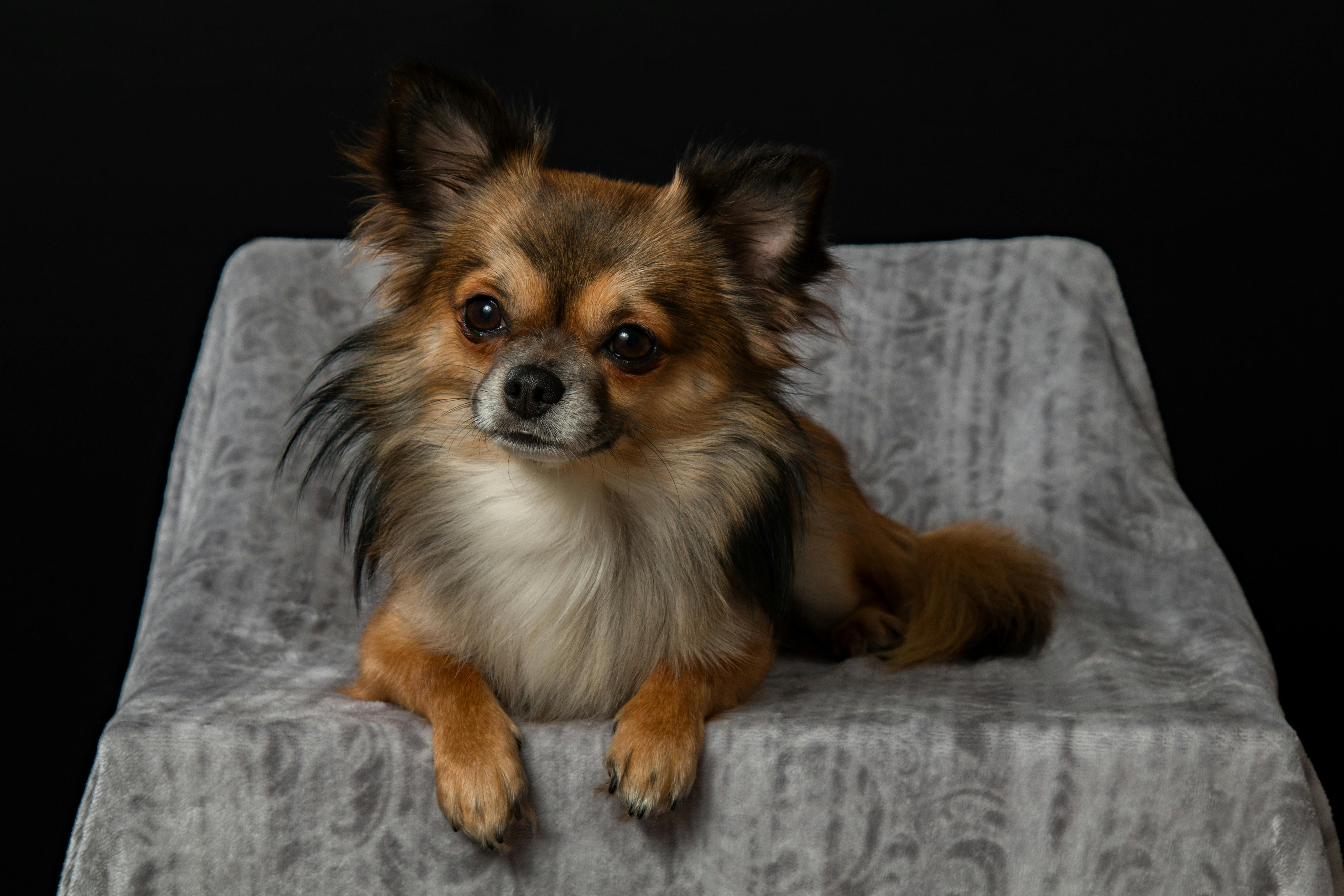Dogs come in all shapes and sizes and have a wide range of very different personalities and characteristics. There are literally hundreds of pedigreed dog breeds and an infinite number of mixed breed dogs. Hopefully, when you get a dog, you’re about to spend the next ten to fifteen years with your new pet. That is why it is very important that you make a good decision in the type of dog you choose.
You want to ensure maximum compatibility with the dog so that you have a harmonious relationship and that the dog suits your lifestyle, accommodations, and meets what you want to get out of owning a dog. Of all the dog breeds available, where do you start to choose the right type of dog for you?
Obviously, there are some very basic and important considerations to start with, such as: a dog or more, the size of the dog, long or short hair, the character and personality type of the dog, and whether it is important for the dog to be good with dogs. children. Or not.
Domestic dogs almost certainly descended from wolves and adapted, through selective breeding, over the years to produce a much more human-friendly animal, often with specific employment purposes in mind.
To keep things simple, modern dogs are often divided into seven broad categories based on their characteristics and what they were bred for. When choosing a dog, it can be helpful to start with which broad group of dogs is most attractive to you, before looking at individual breeds within the group in more detail. To help you do this, I’ve outlined the seven main types of dogs below.
Working Dogs – Dogs have been bred to perform a variety of useful work tasks, such as pulling heavy equipment, guarding, and retrieving. Dogs in this group often have very strong instinctual characteristics, which are beneficial for the particular task for which they were bred, such as high levels of activity and stamina, or having a strong and protective will. These dogs are loyal and affectionate, but require a lot of exercise. Typical dog breeds within this category would include the Alaskan Malamute, Doberman, Boxer, and Saint Bernard.
Shepherd (or herding) dogs: These dogs were efficiently bred to herd domestic animals. They have a very strong chase instinct to aid in their herding duties and need plenty of exercise. They are usually very intelligent and enjoy challenging play with toys. They were bred to work closely with humans and will develop very strong bonds with their owners. Typical examples of breeds within this category are the Border Collie, the German Shepherd, and the Finnish Lapphund.
Terriers – These were bred to catch and kill vermin or to assist in hunting sports. They are usually quite small and have strong predatory instincts. They can be dangerous around small pets unless they have been raised with them. They are often quite feisty characters, but are usually affectionate and outgoing with their owners. Typical examples are the Jack Russell Terrier, the Airedale Terrier and the West Highland White Terrier.
Hunting Dogs (or Sporting Dogs) – Hunting dogs were bred to help eliminate game and retrieve shot animals. They are very sociable dogs that really like contact with humans and usually have a soft chew, so as not to harm recovered animals. This means that they can be very playful dogs and enjoy lots of toy games and are good with children. Good examples within this group are the Pointer, Weimeraner and Labradors.
Utility Dogs – These are a mixed group of dogs with various traits from each of the other groups, so they really need to be looked at individually. Examples of utility dogs include the Dalmatian, the bulldog, and the chow chow.
Bloodhounds: Bloodhounds were bred to track and hunt prey and work with humans to catch the animals. They have very strong chase instincts and often a very deep bark, but they tend not to use it unnecessarily. They are used to living in a herd and that is why they are very sociable; They can appear lazy at times, but will benefit from the occasional long, brisk run. Typical examples include the Afghan hound, beagle, and bloodhound.
Toy Dogs – These were primarily bred for companionship and have most of the working traits bred out of them. Most are fairly small dogs and are generally well-mannered, very fond of human contact, and eager to please their owner. They are often well suited to those who don’t have a lot of space, but can be especially prone to poor health. Typical examples of toy dogs include the Chihuahua, King Charles Spaniel, and Pekingese.
Obviously, these groups are quite broad and any breed you are considering should be looked at and investigated in more detail. Ideally, you should visit the appropriate dog breeders or rescue centers and see the dogs for yourself before making a final decision. Whichever type of dog you choose, I hope you have many happy years with your canine companion.
